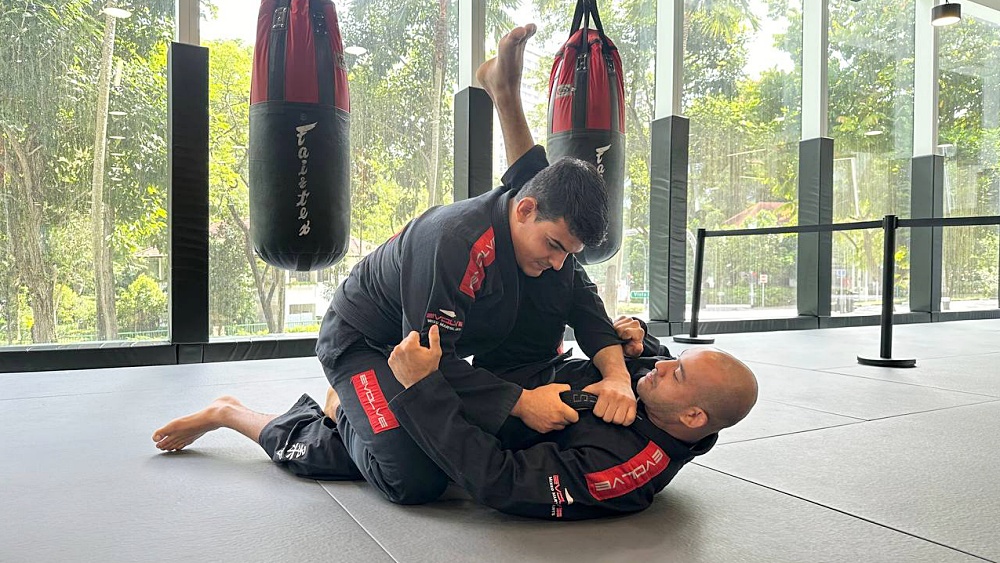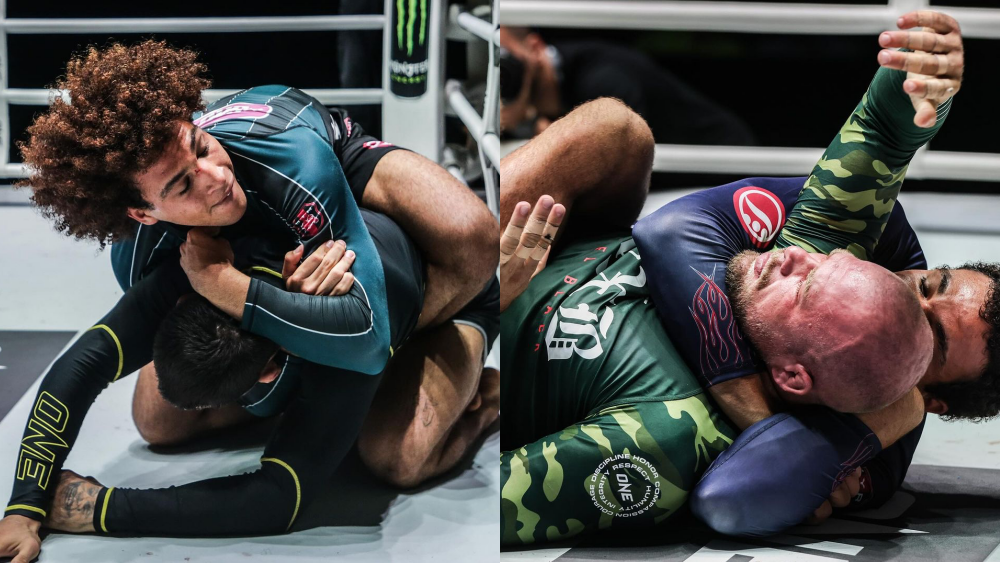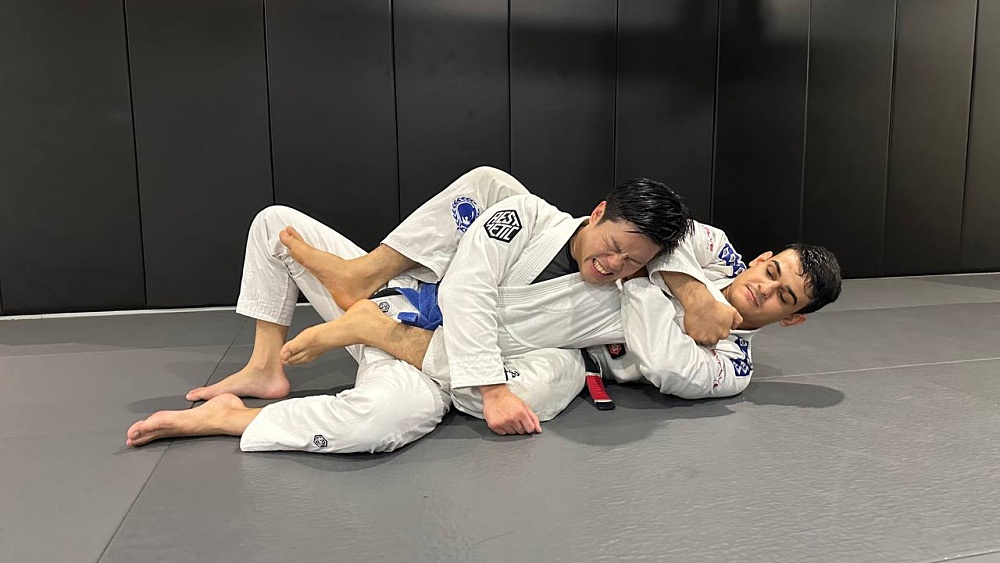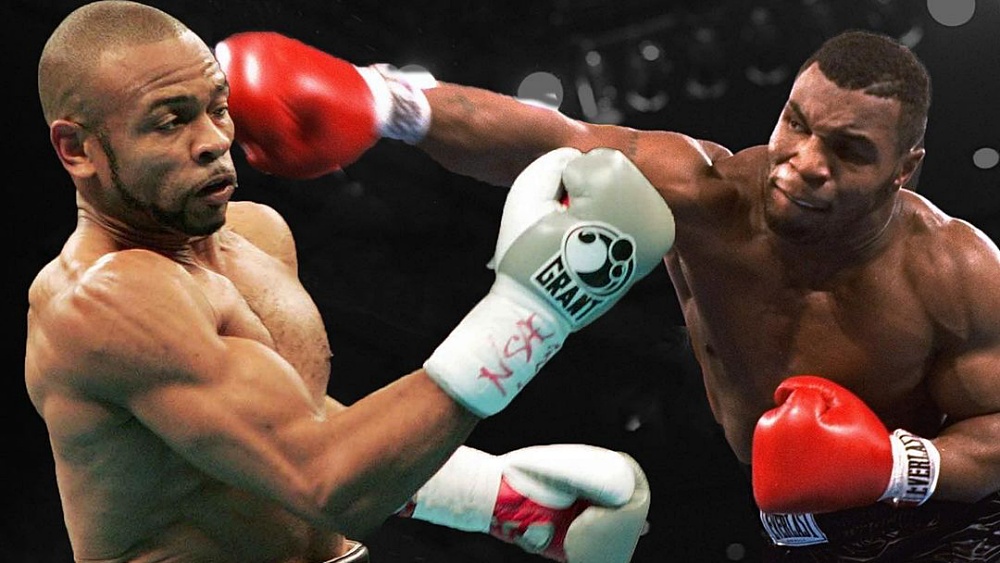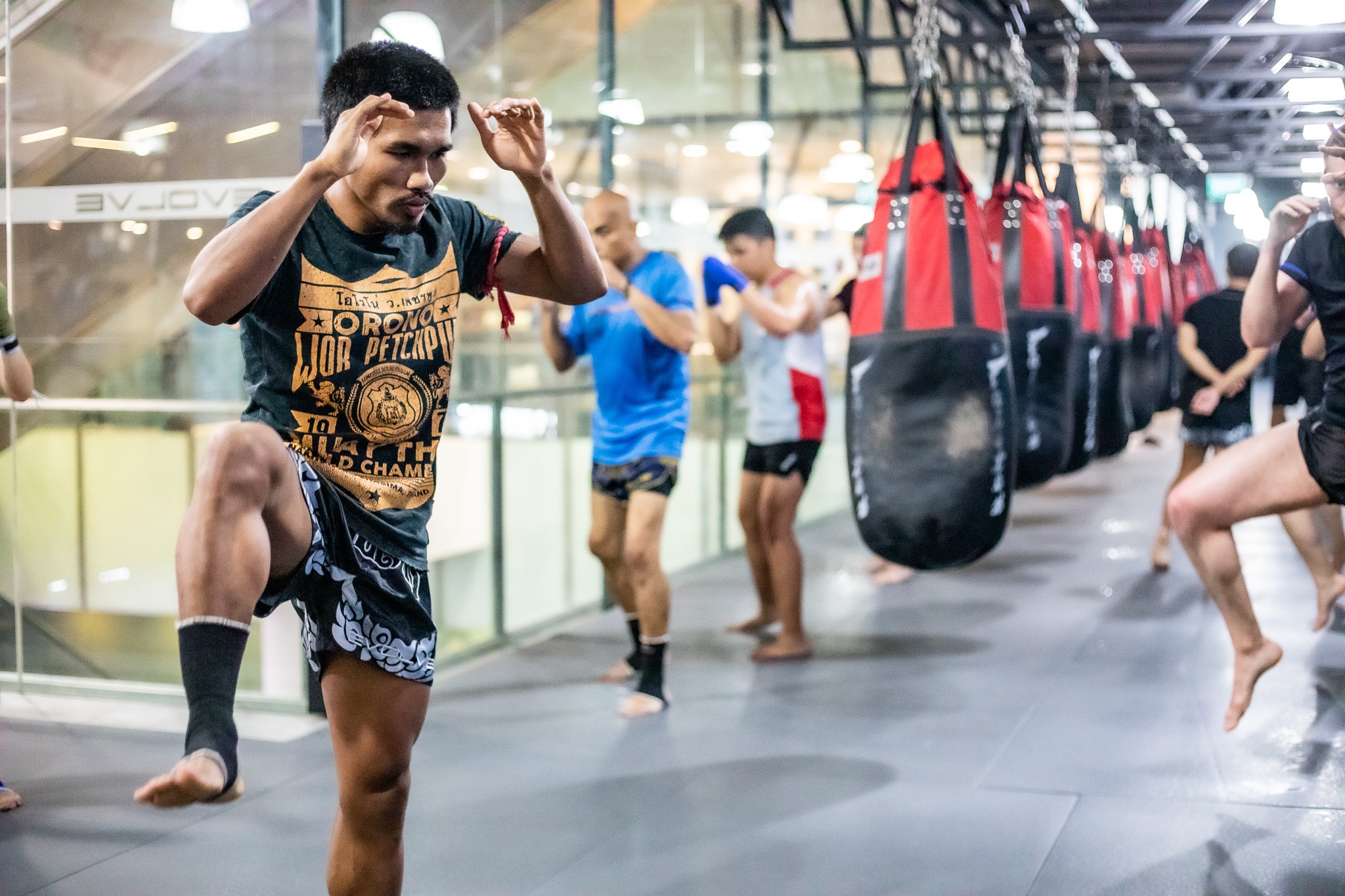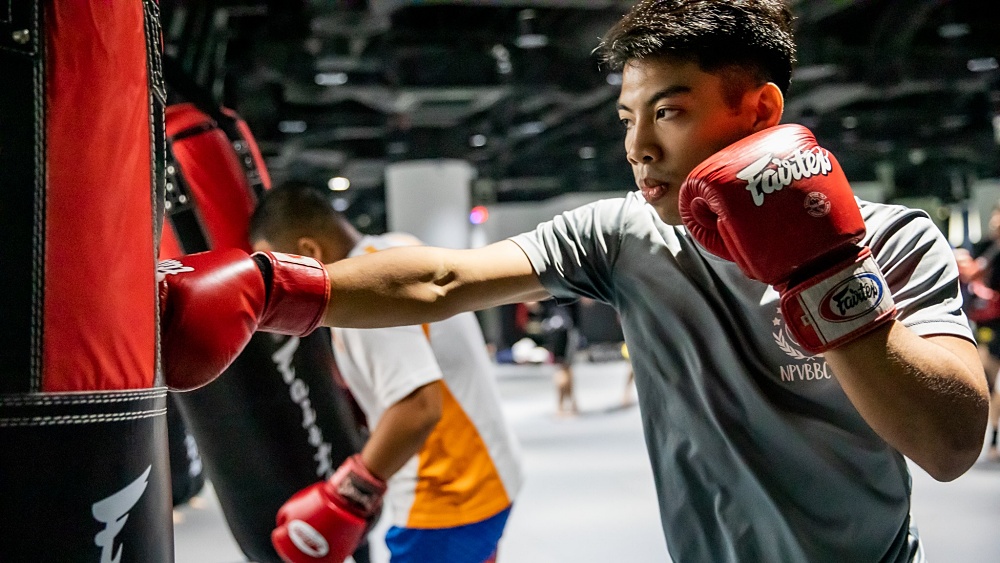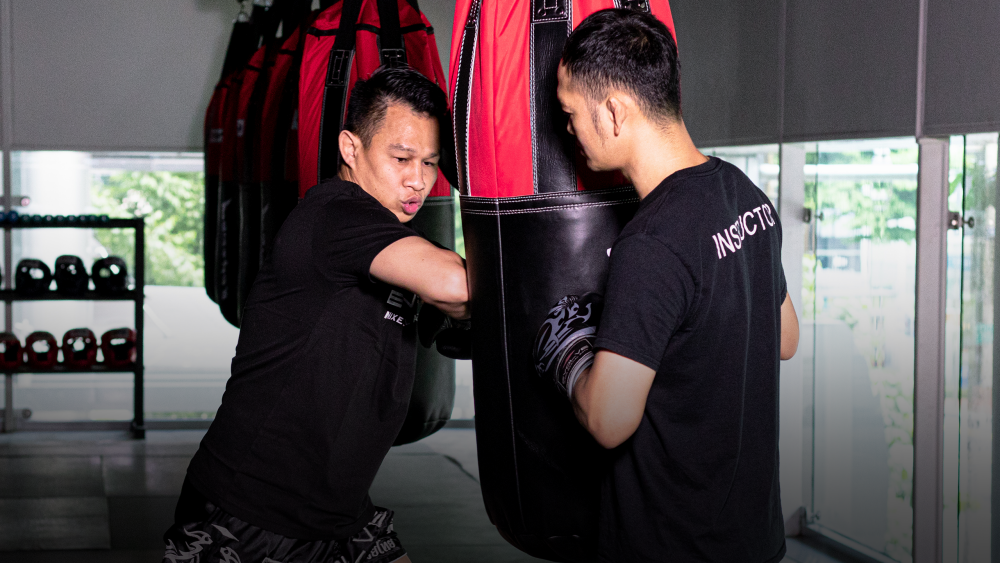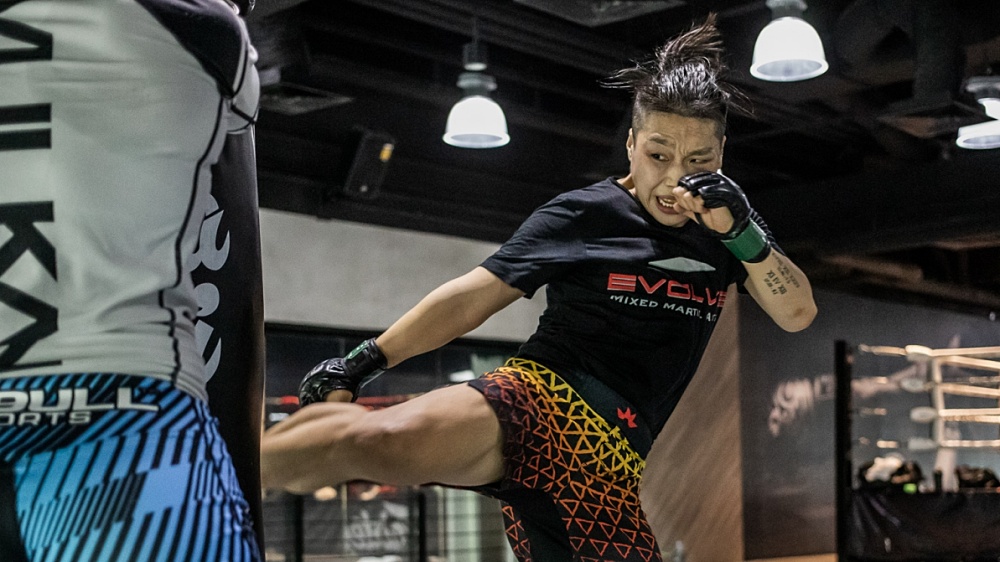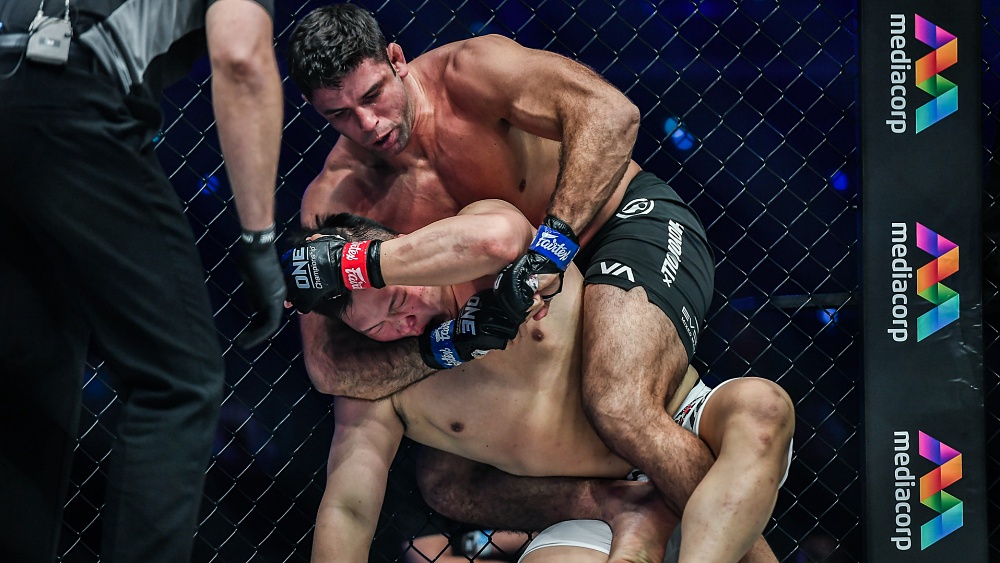Brazilian Jiu-Jitsu (BJJ) is one of the most popular martial arts in the world, thanks to how effective it is in competitions and self-defense scenarios. It’s a grappling-based martial art that focuses on ending fights in a way no other grappling martial art does.
Wrestlers try to take opponents down and keep them there, Judo fighters try to throw their opponents to the ground, but BJJ fighters look to submit their opponent. This unique aspect of BJJ is credited for a lot of its effectiveness.
There’s an old saying used in BJJ circles that illustrates this point, ‘Wrestling teaches you how to get into position, while BJJ teaches you how to pull the trigger’. BJJ practitioners also learn how to take down and control opponents on the mat so they can bring fights to a definitive ending.
When it comes to BJJ, the flexibility of your hips plays a huge role when it comes to escaping and holding positions. You will often hear your BJJ instructor telling a student to ‘put their hips into it.’ Countless BJJ techniques require hips flexibility to execute from bridging to sprawling.
Improving Your Flexibility With BJJ
Some of the attributes you need to become a high-level BJJ player include tight technique, sharp problem-solving skills, experience, technique, speed, strength, athleticism, and flexibility. Besides technique, the rest of these attributes are pretty much equal as far as their importance. It comes down to what your BJJ goals are. If you plan on competing, athleticism, flexibility, strength, and speed can be very useful attributes to focus on. Flexibility makes it easier for you to escape submissions, catch opponents in submissions from weird angles, and keeps your joints mobile and healthy.
Patience is the key if you are serious about improving your flexibility. Don’t expect to be able to perform advanced stretches and poses a few weeks into incorporating flexibility training into your workout. As a general rule, the more you work on your flexibility, the faster you get results.
One important thing you should know about how improving your flexibility works is that the more parts you work on, the longer it will take to get the results you want. Since certain body parts like the hips are more vital to executing BJJ techniques, it’s best to focus on these areas before moving to other parts of the body. Key parts BJJ players who want to improve their flexibility should be focusing on include:
- Hips: As we mentioned earlier, hip flexibility plays a huge role in BJJ so starting here is always a good idea. Flexible hips are essential for a strong guard or guard-passing game. Fortunately, increasing hip flexibility is a lot easier than improving your flexibility in other areas and you should have noticeable improvements in as little as a few weeks.
- Knees: Flexible knees also play an important role in grappling, especially now that leg-locks have become commonplace in BJJ competitions. Flexible knees help with takedowns and other techniques like the rubber guard, triangle choke, or body triangle. You will likely have a hard time executing such techniques if you have stiff knees, particularly if you also happen to have short legs.
- Shoulders: Flexible shoulders make it easier for you to escape shoulder locks like the kimura or omoplata. If you often find yourself tapping out as soon as one of these techniques is secured on you, improved flexibility can open up a few escapes. Flexible shoulders also help when performing rolling transitions or break falls.
- Traps and neck: Most people don’t think about their traps and neck when it comes to improving their flexibility, but these two body parts play a huge role in BJJ. Stacking scenarios, shoulder rolls, guillotine chokes, and the many positions you can find yourself while scrambling require a limber neck and traps.
Good flexibility is an important component of peak athletic performance. A flexible body offers a number of benefits in daily life, including enhanced aerobic performance and muscular conditioning. In addition, flexibility keeps the muscles long and pliable, making common tasks such as bending and squatting easier. Below are some of the ways that BJJ improves flexibility.
1) Warm-Ups And Conditioning
BJJ classes typically begin with a warm-up that combines both cardiovascular exercises and stretches. While the main purpose of warming up is to get the muscles loose before engaging in strenuous physical activity, it has the added benefit of improving flexibility over time. In fact, most students are pleasantly surprised to find that their flexibility has improved greatly within just a few short months of starting BJJ. Typical BJJ warm-ups include:
- Hip escapes
- Trunk twists
- Break falls
- Technical standups
- Toe touches
- Alligator crawls
- Yoga poses
2) BJJ-Specific Movements
Many BJJ movements force the body to stretch in ways that are uncommon in daily life, leading to flexibility in areas that aren’t usually targeted by traditional stretching exercises. The hip escape, for example, in addition to stretching the arms, legs, and hips, stretches the back in a manner that is unlikely to occur in day-to-day life. The repeated performance of the hip escape, combined with proper rest, recovery, and nutrition, can lead to an increase in overall back flexibility and health. Another set of BJJ movements that stretch parts of the body typically left unused are those used in inverted techniques. Inverted techniques, which require the student to turn his or her body upside down, primarily stretch the back, neck, and hamstrings.
3) BJJ Often Leads To Supplemental Training
Many students who train BJJ participate in other physical activities to supplement their training. This is one of the many healthy side effects of BJJ: it often leads to additional physical activities. A common activity practiced by BJJ students is yoga. Yoga, which is comprised of a series of poses, is an excellent complement to BJJ. And as anyone familiar with yoga will tell you, it is a surefire way to rapidly improve flexibility. One yoga pose favored by BJJ students is downward-facing dog. Here’s how it’s done:
Downward-facing dog
1) From your hands and knees, align your wrists under your shoulders. Next, align your knees under your hips. Stretch your elbows and relax your upper back.
2) Spread your fingers and press your weight downward through your palms. Make sure your weight is distributed evenly across your hands.
3) Tuck your toes and lift your knees from the floor. Exhale as you do this.
4) Point your pelvis toward the ceiling, and slowly begin to straighten your legs. However, don’t lock your knees as you do this. Form your body into an “A” shape. Make sure you don’t walk your feet toward your hands as you do this, as it will limit the effectiveness of the stretch.
5) Lift your pelvis as you press your hands away from you into the floor.
6) Lengthen your spine, and lift your buttocks toward the ceiling. As you do this, press equally through the palms of your hands and your heels.
7) Flex your arm muscles and press your index fingers into the ground. Squeeze your shoulder blades into your upper back and toward your tailbone.
8) As you continue to press the floor away from you, draw your chest toward your thighs, lengthening your spine.
9) Rotate your thighs inward as you continue to lift your buttocks towards the ceiling. Press your heels toward the floor as you do this.
10) Keeping your head relaxed, align your ears with the top of your arms. From this position, you should be looking between your legs or toward your navel.
11) Hold this pose for as long as is comfortable while focusing on the stretch.
12) To release the pose, breathe out, bend your knees slowly, and return to the starting position.
Tips For Better Flexibility Through BJJ
Flexibility is a very trainable quality and it’s a matter of putting in the work for most people. Improved flexibility gives your joints a wider range of motion which allows you to execute and defend against many of the techniques used in BJJ more effectively.
How much mobility any particular joint has depends on the condition of the tendons around them. Tendons are tissues that attach muscles to bones. Training your tendons is what leads to improved flexibility, and training some muscles can also help.
Stretching is one of the most effective ways to improve the flexibility of your joints. There are three main types of stretching: static, dynamic, and active-isolated.
1. Static Stretching
This is the more common approach to stretching most people are familiar with. It involves holding a position that targets a particular tendon or muscle. The position can be held for anywhere from 20 seconds to two minutes.
There are countless static stretches you can learn, and some BJJ techniques can be used for static stretches. For example, the omoplata lock can be used to stretch your shoulder muscles in a way conventional stretches can’t.
2. Dynamic Stretching
This is another popular type of stretching most people have done at some point in their lives. It involves stretching your muscles and tendons just like static stretches, but instead of holding the position, you simply bounce in and out of it. A popular example of an exercise that dynamically stretches your muscles is the jumping jack.
3. Active Isolated Stretching
There is a third type of stretching known as active isolated stretching. It involves repeating static stretches for the same body part a few times before moving on to another area. This type of stretching tends to lead to the fastest improvements in flexibility, making them the ideal way for BJJ players to stretch their muscles.
Training BJJ Improves Your Flexibility On Its Own
Simply learning BJJ techniques, drilling, and rolling helps to improve your flexibility. Your muscles and tendons are stretched whenever you perform techniques like buck-and-roll or lock a triangle choke around an opponent. The next time you think about improving your flexibility, remember to give the gentle art a try!
You may also like:



